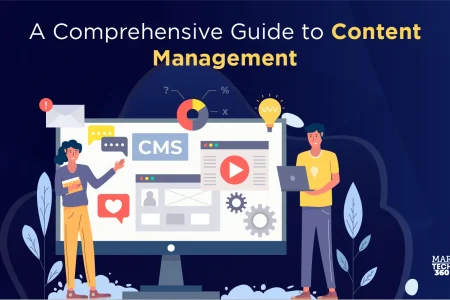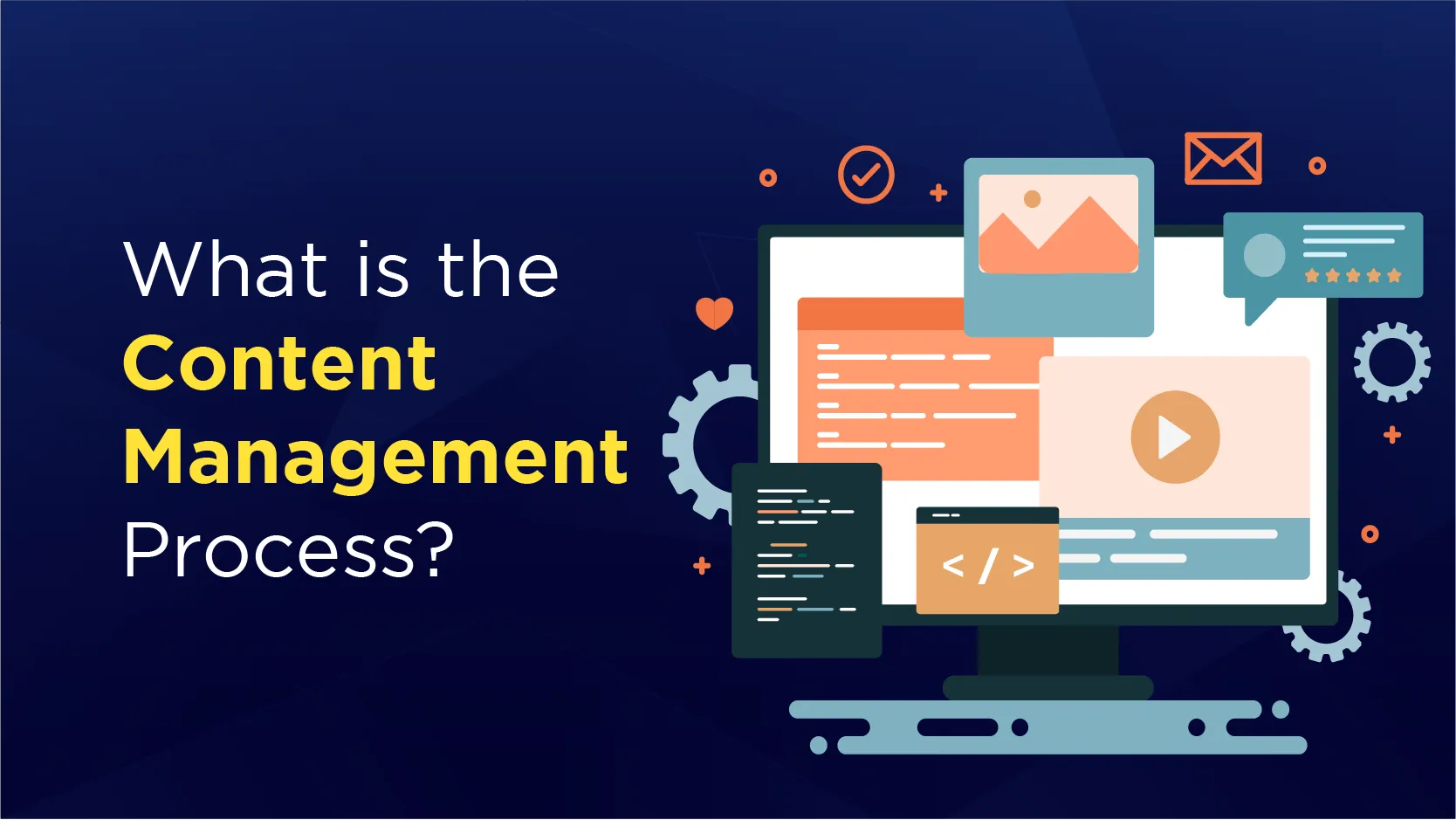Content management is a strategy of gathering, structuring, retrieving, and controlling website or organizational content. Businesses that do not have an efficient content management strategy will have chaos in their entire digital content lifecycle. It will lead to a content strategy that is not structured, accessible, or organized.
In this blog, discover everything you need to know about content management.
What is a Headless CMS?
A headless content management system (CMS) is a platform that segregates the content’s presentation layer from the content’s back end where it is managed. A headless CMS enables organizations to manage content through a single pane of glass. Additionally, it allows teams to disseminate content on any digital channel they want. The separation of content from the front end and back end streamlines the work for the marketing and development teams. It helps marketers manage the content independently, and developers can develop the website quickly, automate modifications, and handle digital channels effectively. In a legacy CMS, content can get tangled with code and might have silos. It might create challenges in reusing content and crafting modern digital experiences.
What is the Content Management Process?
Content management work processes and operations might differ depending on the purpose and organization. Following are a few steps in the content management lifecycle that organizations can consider:
1. Planning
One of the critical steps in the content management process is planning. In this stage, teams can determine the type of content to draft, the message it should convey, and the target audience it should reach.
2. Structuring/Organizing
One of the initial steps is where teams can segment the categories and classify the schemes depending on their needs.
3. Drafting/Creation
At this stage, content should be drafted to disseminate the content to the right audience through blog posts, guides, infographics, and videos.
4. Storage
Decision makers need to decide on the content formats and their storage needs depending on the accessibility, delivery, security, and other factors.
5. Operations
Teams can establish regulations to streamline the workflow through various functions while complying with organizational policies.
6. Editing
Also known as versioning, at this step, teams can handle various versions of the content and presentation modifications.
7. Publishing
At this stage, the content is disseminated to the users through various distribution channels.
8. Removal/Archives
The last stage of the content management lifecycle is removal, also referred to as archives. Teams can delete content permanently or move it to an archive when it is infrequently accessed or has become obsolete.
Also Read: What Is Content Automation and Why Does Your Business Need It?
What are the Advantages of Content Management?
In today’s digital-first era, tailor-made content plays a critical role in engaging the clients. It is essential for businesses to offer unique physical and digital experiences to their clients. However, the digital landscape offers organizations opportunities to connect with clients through various channels. Clients also have a variety of options, such as voice devices, IoT, and wearables, to interact with the brands. Offering efficient digital experiences will have the following significant advantages for brands:
● Enhanced Efficiency
Simplify and automate work operations. It is a significant advantage that allows the team members to be involved in the right stages of content creation, editing, and publishing.
● Enhanced Customer Experience (CX)
Customers get a self-serve kiosk that addresses their queries proactively. It helps eliminate the need for direct customer service conversations.
● Minimizing Operational Costs
Embracing automation will result in significant savings and optimized team efficiency. It eliminates the need for executing tasks manually.
Improved Online Visibility
Enhancing the brand’s content enables organizations to optimize their website’s relevance to a wider client base and enhance the website’s search engine result pages (SERPs) ranking.
● Tailored Content Dissemination
An efficient content management strategy will allow enterprises to structure and deliver content that resonates with the clients. Hence, the content creates an impact that matters because it is meaningful and relevant to the client’s needs.
● Better Control of the Content
Content management solutions allow enterprises to regulate access to various content types and control their usage.
● Seamless Distribution
The best content management technique will allow enterprises to seamlessly offer top-notch experiences through preferred channels like websites, social media platforms, and email.
Content management has immense potential, and businesses that are able to reap the benefits can craft interactive and bespoke digital experiences that resonate with the audience. It is an efficient way to drive innovation and transformation in the digital landscape.
What are the Best Content Management Strategies?
Content management can be an intricate and long process that enterprises have to manage. Businesses need to establish effective strategies to manage their digital content. Given below are a few of the best content management frameworks that businesses can consider:
1. Flag the Priorities
It is crucial for organizations to determine what is crucial for their business and draft the content management strategy in alignment with the priorities. Decision makers need to have a clear understanding of whether they want to educate the users or showcase to them one of the organization’s products or services through the content shared.
2. Understand the Right Target Audience
It is critical to determine the relevant target audience for the type of content to ensure the right delivery and interaction. Business decision-makers can define a target audience by conducting market research, keyword research, and sentiment evaluation on social media channels.
3. Select the Right Content Channels to Distribute Content
Understanding the right digital channels to disseminate the information to the audience plays an important role. Business decision-makers can determine the customer’s preferred channel and share the information through that channel to develop an effective content management system. Depending on the client’s preference, businesses can interact with the customer through email or social media.
4. Set an Efficient Content Creation Strategy
Stakeholders need to have efficient processes in all stages of content creation, ideation, and publishing to enhance the entire content management operations.
5. Integrate the Best Technologies in the MarTech Stack
There are a variety of tools required for website development, analytics, structuring, dissemination, and performance analytics. It is critical for an organization to have the best-of-breed content management technologies integrated into the MarTech stack to enhance operational efficiency.
What are the Examples of Headless CMS?
Headless CMS is gaining a significant amount of attention from businesses of all types, sizes, and sectors. StoryBlok, Strapi, Contentful, and Sanity are a few of the top headless content management system providers. One significant aspect that businesses need to consider before implementing a headless CMS is that there are various CMS vendors that claim to be headless. However, a few of them might have a few headless elements but are completely headless. For instance, one of the most popular monolithic CMSs available is WordPress. Since headless CMS has started gaining popularity, WordPress introduced an API approach.
Wrapping up Content Management
Content has become the king for organizations of all sizes, types, and industries. However, it can be challenging for a few businesses to stand apart from the competition’s content clutter. Designing and establishing the best content management strategy will help businesses create and distribute compelling content that engages with the right audience through the right channel.


